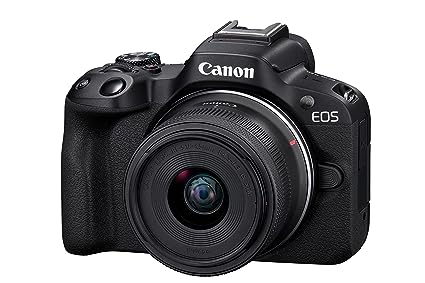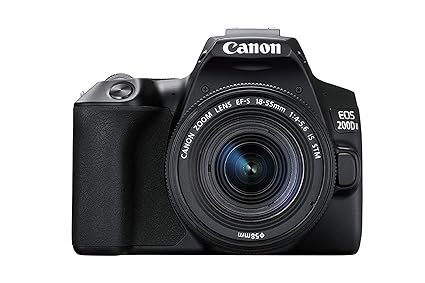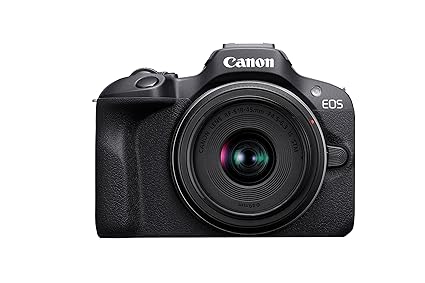Best Customer Reviews Camera & Accessories Products
Camera & Accessories: Capture Moments with Precision and Style
Introduction In the vast world of photography, a camera is the heart of the creative process, and the accessories are its indispensable companions. Whether you’re a professional photographer, an aspiring hobbyist, or someone who simply loves to capture everyday moments, the right camera and its accompanying accessories can make all the difference.
Your Eye to the World unique perspective
1. The Camera:
Your Eye to the World Every camera, whether it’s a DSLR, mirrorless, point-and-shoot, or smartphone camera, offers a unique perspective. The best camera is the one that aligns with your needs:
DSLRs: Preferred by professionals for their image quality and versatility.
Mirrorless: Compact with nearly all the capabilities of a DSLR.
Point-and-shoot: Perfect for everyday users who want simplicity.
Smartphone Cameras: For those on-the-go moments when convenience is key.
2. Essential Accessories for Every Photographer
Tripods: Ensure stability and sharpness, especially in low-light conditions.
Camera Bags: Protect your investment with padded compartments and easy access to gear.
Lens Kits: Wide-angle, telephoto, or macro – expand your creative horizons.
Memory Cards: Store thousands of high-resolution images and videos.
Cleaning Kits: Keep your lens and sensor dust-free for the clearest shots.
External Flashes: Illuminate your subjects evenly and reduce shadows.
3. Advanced Accessories for the Enthusiast
Gimbals & Stabilizers: For videographers wanting steady shots on the move.
Remote Shutter Releases: Capture photos without touching the camera – essential for long-exposure photography.
Filters: Enhance colors, reduce reflections, or add effects in-camera.
External Microphones: Improve video sound quality by reducing ambient noise.
Finding the best camera involves determining your specific needs, preferences, and budget.
Here’s a guide to help you navigate the process:
1. Determine Your Needs
First, identify the main purpose of your camera:
Casual Photography: For everyday snapshots and family photos.
Travel Photography: Lightweight with a good zoom range.
Portrait Photography: Good background blur capabilities (low aperture lenses).
Landscape Photography: Wide-angle lenses and high-resolution sensor.
Wildlife or Sports Photography: Fast autofocus and high burst rate.
Vlogging or Video Recording: High-quality video capabilities, articulating screen, microphone input.
2. Choose a Camera Type
Compact Cameras (Point-and-Shoot): Small and easy to use, but may have limitations in image quality.
Mirrorless Cameras: Lightweight with interchangeable lenses; offers similar quality to DSLRs.
DSLR Cameras: Bulky but offer a wide range of lenses and usually have longer battery life.
Action Cameras (e.g., GoPro): Small, durable, and waterproof, designed for video recording in action situations.
Smartphone Cameras: For casual photographers and those who prioritize convenience.
3. Consider Sensor Size
Full-frame: Offers the best image quality, especially in low light, but tends to be more expensive.
APS-C: A compromise between size, quality, and price. Found in many consumer DSLRs and mirrorless cameras.
Micro Four Thirds: Smaller sensor found in some mirrorless cameras.
1-inch or smaller: Typically found in compact cameras.
4. Research Key Features
Megapixels: More isn’t always better. Look for good sensor quality.
Autofocus: Important for moving subjects.
ISO Range: Higher ISO allows for better low-light photography but may introduce noise.
Image Stabilization: Reduces the chance of blurry photos.
Burst Rate: Important for capturing fast-moving subjects.
Video Capabilities: 4K recording, frame rate options, etc.
5. Set a Budget
Cameras range from a few hundred to several thousand dollars. Decide on a budget that includes not just the camera, but also essential accessories like memory cards, protective cases, and possibly lenses.
6. Read Best Customer Reviews and Test
Online reviews, photography magazines, and websites offer valuable insights.
If possible, visit a store to test the camera’s ergonomics, weight, and ease of use.
7. Think About the Future
If investing in a system with interchangeable lenses (DSLR or mirrorless), consider the availability and cost of future lens or accessory upgrades.
8. Check for Deals and Bundles
Camera bundles can offer value by including lenses, bags, or memory cards at a discounted price.
which brand camera is best
Canon Camera :
Strengths: Wide variety of cameras from entry-level to professional. Extensive lens lineup. Strong performer in both photography and videography domains.
Popular Series: EOS (both DSLR and mirrorless), Powershot.
Nikon Camera :
Strengths: Renowned for its image quality and ergonomics. Has a rich history in photography and offers a wide range of DSLRs and, more recently, mirrorless cameras.
Popular Series: D-series (DSLR), Z-series (mirrorless).
Sony Camera :
Strengths: Pioneered the full-frame mirrorless market with advanced autofocus capabilities and impressive video features. Compact design.
Popular Series: Alpha series (both APS-C like A6000 series and full-frame like A7 and A9 series).
Fujifilm Camera :
Strengths: Known for its unique color science, film simulation modes, and tactile controls. APS-C and medium format mirrorless cameras.
Popular Series: X-series (APS-C), GFX (medium format).
Panasonic Camera :
Strengths: Popular for its video-centric features, with many models offering 4K and 6K video. Micro Four Thirds and full-frame models available.
Popular Series: Lumix GH (Micro Four Thirds), Lumix S (full-frame).
Olympus (now under the OM Digital Solutions brand):
Strengths: Offers rugged designs, especially with its Micro Four Thirds system. Known for impressive image stabilization.
Popular Series: OM-D series.
Leica:
Strengths: Luxury brand known for its craftsmanship, image quality, and classic design. Typically comes with a high price tag.
Popular Series: M-series (rangefinder), Q, and SL.
Pentax (by Ricoh Imaging):
Strengths: Offers features like in-body stabilization in its DSLRs, rugged design, and is favored by some for landscape photography.
Popular Series: K-series.
Hasselblad:
Strengths: Renowned in the medium format segment. Known for outstanding image quality and professional-grade build.
Popular Series: X System, H System.
Phase One:
Strengths: High-end medium format systems with incredible resolution and detail.
Popular Series: XF System.
The “best” brand often depends on:
Budget: Some brands cater more to professionals, while others have a broader range for beginners to pros.
Use Case: Videographers might prefer Panasonic or Sony, while street photographers might gravitate towards Fujifilm or Leica.
Ecosystem: Think about lens availability, accessory options, and future upgrade paths.
Ergonomics & Handling: Some people might prefer the feel of one brand over another.
Color Science: Each brand has its unique color rendition, which can influence your decision.
Always consider reading best reviews, testing cameras in person, and evaluating specific needs before settling on a brand or model.






